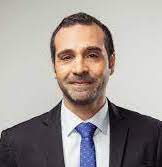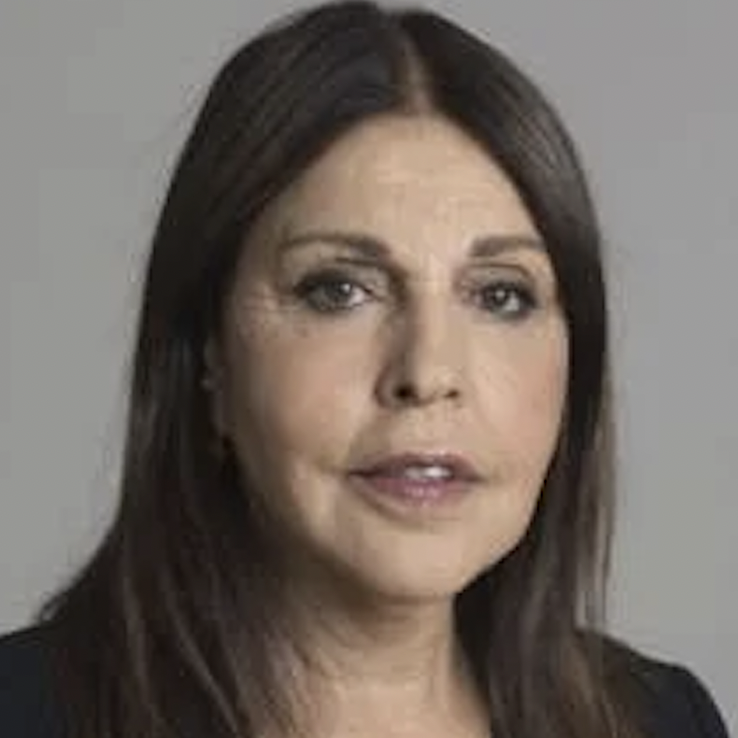The Israeli objective and Hamas' campaign: One week to aid distribution center operations in Gaza

Over the past week, following instructions from the political echelon and upon the IDF's recommendation, three out of four planned distribution centers in Gaza began operations. These centers, run by the American Gaza Humanitarian Foundation (GHF), have deployed hundreds of distribution workers, coordinators, truck drivers, and security personnel to deliver food packages to residents in the Rafah area (Tel al-Sultan and Morag corridor) and south of the Netzarim corridor in central Gaza.
Even now, Israel refuses to comment on the funding of this U.S.-led initiative, which is being directed by the Prime Minister’s Office and his military secretary, Maj.-Gen. Roman Gofman, while fully excluding the Ministry of Defense and COGAT (Coordinator of Government Activities in the Territories).
In recent days, Israeli officials have declined to provide details about the funding of the American company, salary payments to workers, or the financing of food package contents – which may be funded by Israeli taxpayers.
Israel claims the established distribution centers are capable of serving 1.2 million Gazans through the weekly distribution of food packages to families. The distribution is carried out by American staff, as instructed by IDF Chief of Staff Eyal Tamir, and not directly by IDF soldiers, who secure the sites from a distance. The defense establishment plans to establish four additional centers.
According to Israeli sources, the plan is based on two key ideas: first, cutting Hamas off from the aid; second, separating the Gazan population from Hamas.
The ultimate goal is to severely damage Hamas' governing ability and detach it from the civilian population, under the belief that the people no longer need it.
Israel states that the program aims to create a situation where a Gazan resident goes to a distribution center and receives aid directly, with no Hamas involvement. With Hamas no longer controlling the aid distribution, its ability to govern and control food supplies is diminished. Over time, this could systematically reduce civilian dependency on Hamas.
In recent months, Israeli sources say Hamas has cynically and falsely waged a propaganda campaign against the plan, claiming it is an Israeli conspiracy meant to “uproot” Gaza’s population. Hamas has tried to incite residents against the distribution initiative. After the announcement of the centers' opening under the American security company, Hamas took action to intimidate residents, including threats and roadblocks aimed at preventing access to the centers. Nonetheless, security officials state that residents flocked to the centers in large numbers despite Hamas’ efforts to deter them.
In recent days, tens of thousands of Gazans arrived at the centers, where 35,000 food packages were distributed –each package sufficient for a family for five to seven days.
Currently, the United Nations – supposedly a key player in humanitarian efforts and responsible for supplementing aid in areas without distribution centers like northern Gaza – opposes participation in the initiative and publicly speaks against it. According to Israeli sources, the UN has slowed or even halted its humanitarian aid distribution in Gaza in recent days.
To facilitate the UN’s ability to collect and distribute aid, joint meetings were recently held with IDF and COGAT representatives to coordinate traffic routes, increase the number of drivers, and provide logistical support.
Since the resumption of humanitarian entry to Gaza – prior to the launch of the new distribution centers under Operation "Swords of Gideon" – 760 aid trucks had been inspected at the Kerem Shalom crossing. Of those, only 238 trucks were collected by UN agencies. Most of the remaining 135 trucks were looted, primarily by Gazan civilians and armed clans. As of this week, more than 550 trucks are still sitting on the Palestinian side of the crossing, awaiting UN collection and distribution, which has been stalled due to operational issues, looting, and low motivation among UN representatives following the launch of the new distribution mechanism.
A senior Israeli security official said: “The fear barrier from Hamas has been broken. Hamas has repeatedly tried to break the population’s will and resist the distribution plan both online and publicly, in an effort to maintain its control over food supplies and, by extension, over the residents of Gaza. But the residents voted with their feet –flooding the distribution centers and breaking a key part of Hamas’ governing grip.”
The official added: “There are many elements within Hamas and among certain UN organizations who seek to defame and sabotage the aid distribution plan through these centers. These two groups share a narrative and a goal: preserving Hamas’ political and economic control over aid distribution. But there are early signs of success in this new strategy and model – it could mark a turning point. The distribution centers are an extraordinary success, representing a process of constant learning and adaptation. Meanwhile, actors in Gaza and Hamas are trying to sow chaos and disrupt the initiative to undermine our actions and shape a false narrative.”

Itay is a military correspondent for KAN 11.

Carmela Menashe is military reporter on IDF issues for KAN 11.













